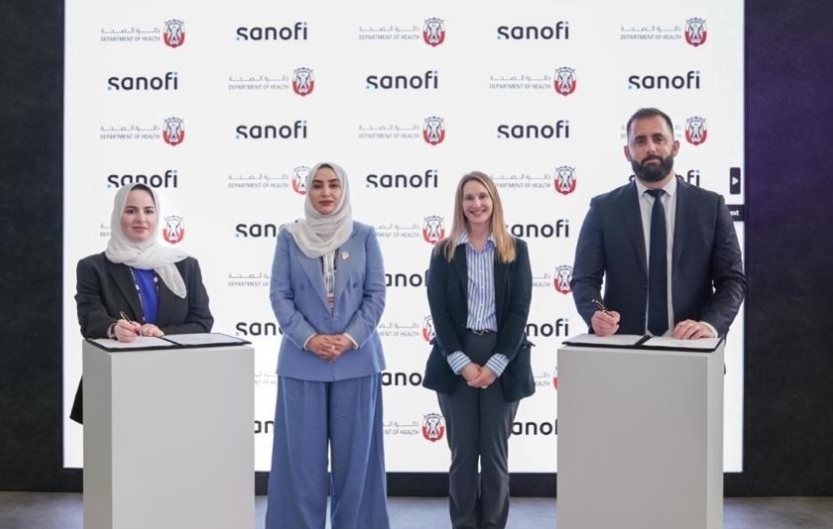
Cervical cancer presents a paradoxical situation. It is one of the cancers that can be prevented if detected early, but the number of cases continues to grow unabated across the world. According to a recent report by The Economist, the incidence and mortality of cervical cancer in the Asia Pacific region both surpass the global increase by 18.9% over 2020 to 2030 and 24.9% respectively. This was also reflected in a recent healthcare equity survey which revealed that nearly 58% of the world’s cervical cancer cases were from Asia. The survey also highlighted that 88% of the women had limited knowledge about the disease, and half did not have access to screening facilities.
The question remains: Why is the number of cases rising? Answering this question is far from easy. Several reasons such as a lack of awareness, gender disparity, inadequate policy implementation, and poor health systems with a lack of screening policies in certain regions contribute to this persistent increase.
Identifying the challenges
Screening and early detection are the first lines of defence to address this disease burden. However, the implementation of this approach is plagued by a set of complex barriers on various levels.
These disparities are further amplified in populations belonging to the lower economic strata. Overcoming these unmet patient needs is essential as the consequent delay in diagnosis can negatively impact outcomes.
Charting the right path
Providing accessible and affordable cervical cancer screening and human papillomavirus (HPV) vaccination, irrespective of socioeconomic conditions, is of paramount importance. For instance, Roche is helping craft crucial policies to address the growing inequity in women’s healthcare, aiming to create systems that provide care tailored to their unique needs. By joining hands with individuals, organizations, and policymakers, we are finding systemic solutions that make a real difference for women. With expertise in pharmaceuticals and diagnostics, we are uniquely positioned to support comprehensive and fundamental change that improves healthcare for women everywhere.
We see the existence of a knowledge gap in women’s health and the need to put women’s needs in the spotlight. Hence, Roche is actively engaged in women-centered research programs on a global scale. This includes a discovery phase of research and a dedicated focus on cancer care exclusively for women. This requires working with key stakeholders, and an example of this is the recent report on making a case for more concerted efforts and investment in fighting women’s cancers in the region, published by The Economist Impact, commissioned by the APAC Women’s Cancer Coalition and supported by Roche.
Going beyond advocacy for awareness, Roche’s Global Access Program, which includes HPV screening for women, showcases the company's commitment to women's health and leadership. The collaborative Project Teal between the University of Hong Kong (Dept of O&G), Roche Diagnostics, the Karen Leung Foundation, Christian Action, and the Family Planning Association of Hong Kong (FPA) in Hong Kong provides women with access to HPV screening at home through do-it-yourself kits to facilitate early screening and detection of cervical cancer. In Singapore, the first-ever National Women’s Checkup Week was launched as a joint public health initiative by Singapore Cancer Society and Roche Diagnostics on Mother’s Day this year, to encourage women to get their checkups and facilitate early detection.
To close the widening gender chasm in the sphere of healthcare leadership, women leaders must be supported and promoted. Roche is committed to incorporating women’s experiences more strongly into the research and development process and strengthening the position of women by hiring and promoting women from diverse cultural backgrounds into leadership positions.
Cervical cancer remains a preventable disease that disproportionately affects women in the APAC region and beyond. This growing burden needs a multi-faceted approach ranging from disease awareness, enhanced screening, overcoming patient-specific hurdles, and creating an enabling healthcare ecosystem. It is imperative that public health policy measures that prioritize prevention are implemented strategically to advance a more nuanced and gender-transformative approach to cancer. Together, we can work towards a future where cervical cancer is no longer a global health issue, and women’s health is prioritized and protected.




